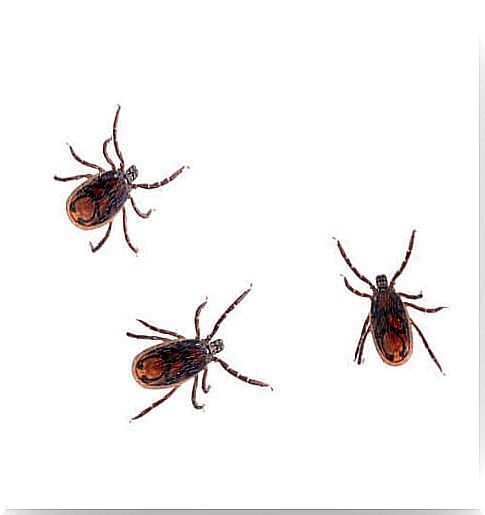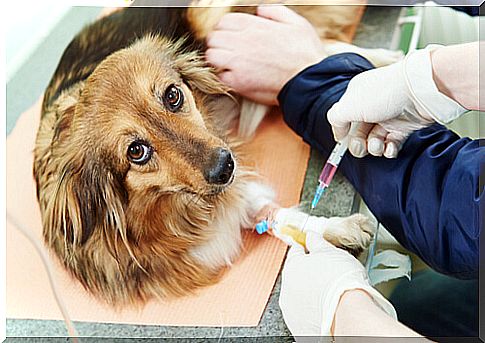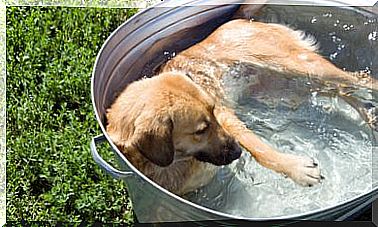Diagnosis Of Dog Ehrlichiosis

The disease we are talking about in this article is known by several names: ricketsiois, hemorrhagic fever or dog ehrlichiosis. It is an infectious disease of a serious nature, and it must be diagnosed in time. Read on if you want to discover its origin, possible symptoms and diagnosis.
What Causes Dog Ehrlichiosis?
The organism causing this disorder is a bacterium of the genus Ehrlichia , specifically Ehrlichia canis. This intracellular organism was discovered for the first time in 1935, and since then its presence has been detected in dogs, felines and humans, which is why it is considered a zoonosis.
This bacterium is an obligate parasite, so it needs a host to survive. In this way, it is housed in a biological vector, in this case the brown dog tick ( Rhipicephalus sanguineus ). The bacteria are stored in the gut and saliva of the tick, and transmission occurs when another dog is bitten by the tick.

Possible symptoms
At a general level, dog ehrlichiosis can be divided into three stages: acute, subclinical, and chronic. This last stage is the one that presents the most risk for the animal. Thus, in each of these stages various symptoms may appear, such as:
- Fever and apathy.
- Weight loss, derived from lack of appetite.
- Blood disorders, such as anemia.
- Bleeding in the nose or stool.
- Difficulty breathing.
- Swollen glands.
- Kidney failure.
- Limp.
If they are not detected in time, many of these symptoms can be fatal for our dog. Therefore, we must be vigilant and go to the vet if we observe any of them in our pet.
Diagnosis of dog ehrlichiosis
Obviously, the observation of the symptoms that we have just exposed is one of the most common diagnostic mechanisms. Unfortunately, many of these symptoms are too generic and nonspecific, and by themselves they are not enough to make a valid diagnosis.

Therefore, the most effective clinical test is to perform a blood test. Using a blood smear, your vet can confirm the presence of the bacteria. Additionally, these tests can be repeated a few days later to fully confirm that the result is positive. It is at this point that treatment begins.
Treatment
If caught early, treatment can help to subside and control symptoms. In the early phase of dog ehrlichiosis – approximately one to three weeks after a tick bite – the most effective treatment is antibiotics. Among the most common, doxycycline stands out.
In case the symptoms do not subside, or the disease is simply more advanced, additional treatments must be used, such as:
- Blood transfusions, when symptoms of anemia appear.
- Antipyretics to fight fever.
- Drugs to promote red blood cell production.

It is important not to stop treatment, even when the symptoms seem to have disappeared. As with the diagnosis, tests should be carried out after a few months to verify that the disease is being combated.
Dog ehrlichiosis prevention
As owners, we can help prevent this disease by applying a series of practices. The most important of all is to exercise strict control over ticks. First of all, we must check our dog to rule out the presence of these uncomfortable organisms.
Additionally, we can use numerous allies in the form of veterinary products such as pipettes, antiparasitic collars or baths. If we want to be totally safe, we can carry out a thorough cleaning of the areas of our home where the presence of ticks is susceptible. But, as we always recommend, the best way to prevent is to have the help of a professional veterinarian.









